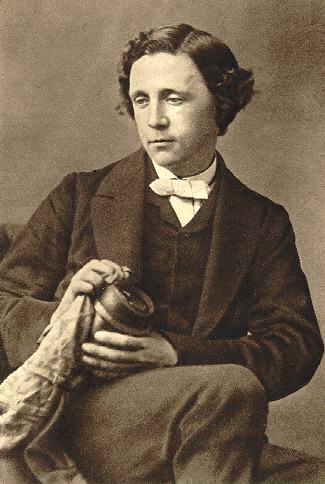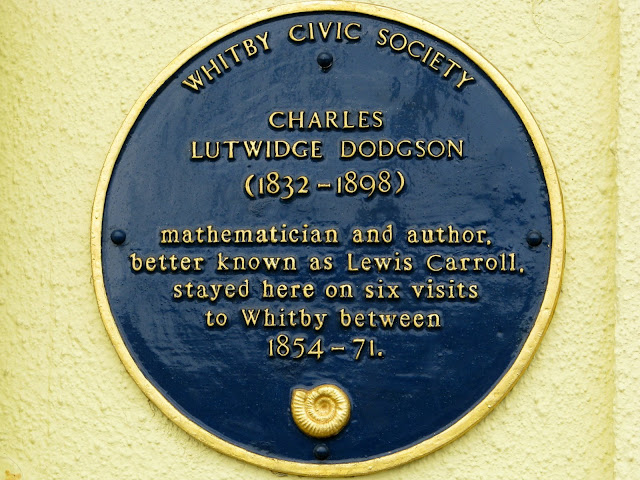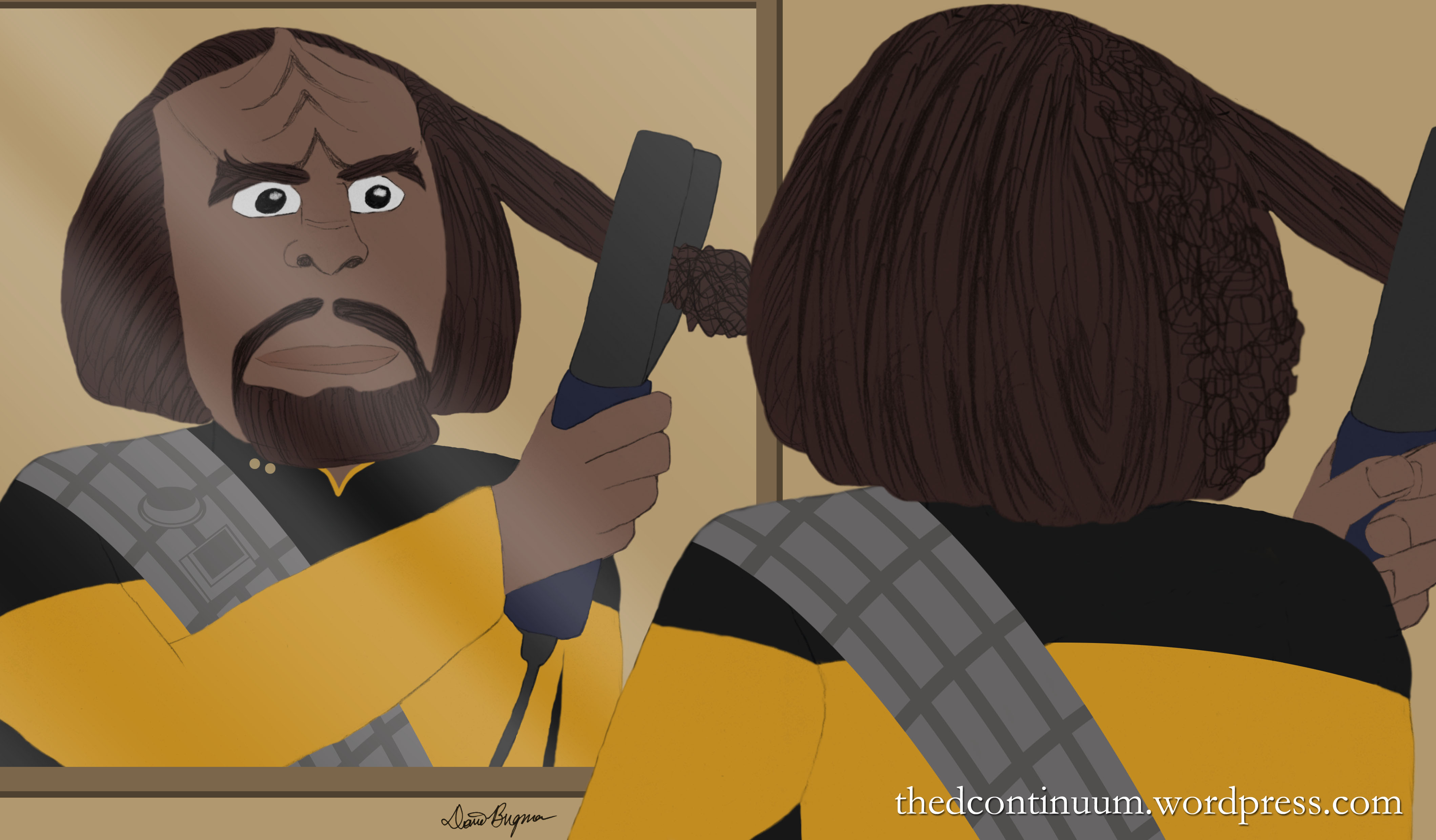...
The Youth at Eve had drunk his fill,
Where stands the ‘Royal’ on the Hill,
And long his mid-day stroll had made,
On the so-called ‘Marine-Parade’ -
The Lady of The Ladle (1854)
Where stands the ‘Royal’ on the Hill,
And long his mid-day stroll had made,
On the so-called ‘Marine-Parade’ -
The Lady of The Ladle (1854)

Lewis Carroll

The plaque at 5 East Terrace, now La Rosa Hotel
It is also true to say that whilst on his visit to Whitby in 1854 Dodgson had his first piece of work published, a satirical poem called The Lady of The Ladle, which appeared in the local newspaper the Whitby Gazette. Dodgson was also composing a poem at the same time called She’s All My Fancy Painted Him, which went on to form the basis of the White Rabbit’s ‘evidence’ at the trial of the Knave of Hearts.
Dodgson felt these and subsequent work to be of a substandard quality saying in 1855, "I do not think I have written anything worthy of real publication (in which I do not include the Whitby Gazette or the Oxonian Advertiser), but I do not despair of doing so some day".
The first use of the pen name Lewis Carroll appears in 1856 with the publication of a romantic poem called Solitude. Dodgson’s pseudonym was actually a play on words, Lewis was the anglicised form of Ludovicus (the Latin for Lutwidge) and Carroll an Irish surname similar to the Latin name Carolus, from which the name Charles is derived. In this same year Henry Liddell became the new Dean of Christ Church, bringing with him his family including his daughter Alice Liddell.

Alice Liddell
Little is known of Carroll subsequent visits to Whitby (seven in all), but considering that Alice’s Adventures In Wonderland (1865) and Through The Looking Glass And What Alice Found There (1871) had both been published in the interim and both had met with critical acclaim as well as considerable success, he may well have used the town as a pressure valve enabling him to escape the trappings of his new found fame.

Tenniel's illustration of The Walrus and the Carpenter
The only other significant connection between Lewis Carroll and Whitby is the poem The Walrus And The Carpenter found in Through The Looking Glass, which was thought to have been inspired by Carroll’s walks along Whitby beach. Whatever influence Whitby had on Carroll’s literary output, it can be assumed the unique ambience of the town and the surrounding area played an important role in his imaginings, and that he certainly had a place in his heart for the little town lost somewhere between the land and the sea.
Read the whole of The Lady of the Ladle and Coronach, another poem featuring Whitby, here.
Source material: The Origins of Alice By Derek Hudson
Wikipedia - Lewis Carroll
Many thanks to Richard Locker for writing this article.





No comments:
Post a Comment